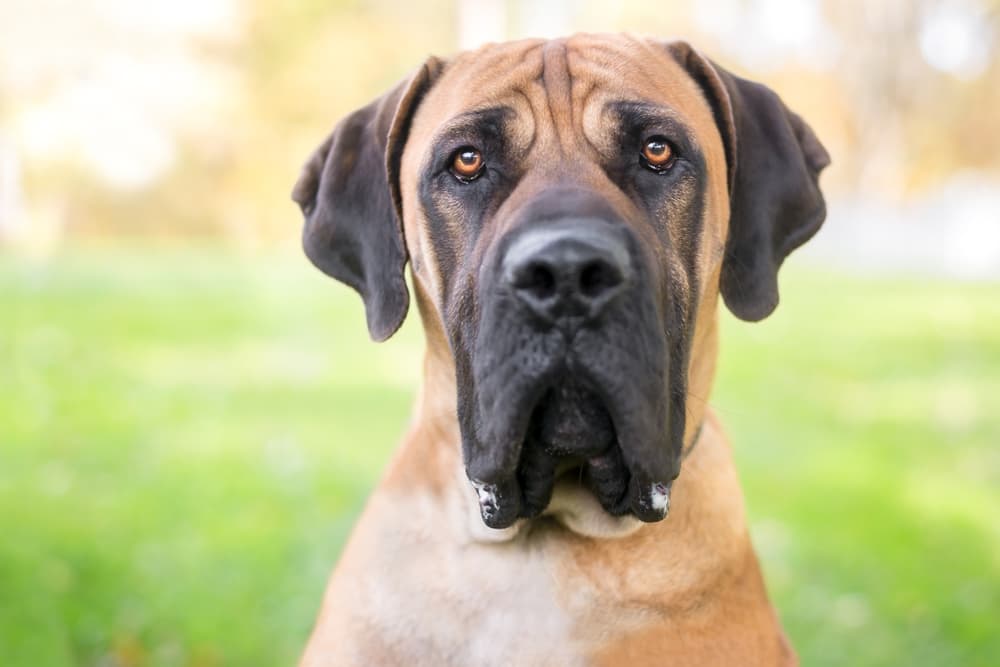
Dogs, our beloved companions, come in an array of shapes and sizes, each adorned with unique features that make them special. Among these distinctive characteristics, one aspect that often captures our attention is their jowls. The term “jowls” refers to the loose, fleshy skin on a dog’s throat and lower jaw, contributing to their overall facial appearance. In this comprehensive exploration, we delve into the intricacies of dog jowls, unraveling the mysteries behind this fascinating canine facial feature.
The Anatomy of Dog Jowls
At a glance, dog jowls might seem like a mere aesthetic element, but their presence serves essential functions. The primary purpose of these loose folds of skin is to aid dogs in their daily activities, especially when it comes to eating and drinking. During mealtime, the jowls act as a sort of natural bib, preventing food and water from scattering around as dogs indulge in their nourishment.
Beyond functionality, dog jowls are a testament to the diversity within various dog breeds. Different breeds exhibit varying degrees of jowl prominence, ranging from tight and subtle folds to more pronounced and pendulous skin. This diversity not only adds to the visual charm of each breed but also reflects the evolutionary adaptations specific to their needs and environments.
Communicative Jowls: Expressing Emotions
Dogs are renowned for their ability to communicate with us, often using body language to express a myriad of emotions. Remarkably, their jowls play a subtle yet significant role in this communication. Observing a dog’s jowls can provide insights into their mood and well-being.
Relaxed jowls, for instance, may indicate a content and calm state, while tightened or raised jowls could signify excitement or alertness. Additionally, some dogs may exhibit a charming grin, showcasing their jowls in a way that appears almost like a smile. Understanding these subtle cues enhances the bond between humans and their canine companions.
Common Health Considerations
While dog jowls contribute to the overall charm of our furry friends, it’s crucial to be aware of potential health considerations associated with this facial feature. The folds and creases in jowls create an environment that is prone to moisture retention, making them susceptible to bacterial or fungal infections. Regular cleaning and inspection can help mitigate these risks, ensuring the well-being of your dog’s facial skin.
Grooming Tips for Dog Jowls
Maintaining your dog’s jowls goes beyond hygiene; it is also an integral aspect of responsible pet ownership. Regular grooming helps prevent the accumulation of dirt, debris, and potential irritants in the folds of their skin. Using a damp cloth or pet-safe wipes, gently clean the jowls to keep them free from bacteria and odors.
Conclusion: Embracing the Charm of Dog Jowls
In conclusion, dog jowls are not merely decorative features; they play a vital role in a dog’s daily life and communication. Understanding the anatomy, function, and communicative aspects of these facial folds allows us to connect more deeply with our canine companions. As responsible pet owners, it is essential to embrace and care for these unique features, ensuring that our dogs lead happy, healthy lives adorned with their charming jowls. By appreciating the significance of dog jowls, we can strengthen the bond with our four-legged friends and celebrate the diversity that makes each dog truly one of a kind.
